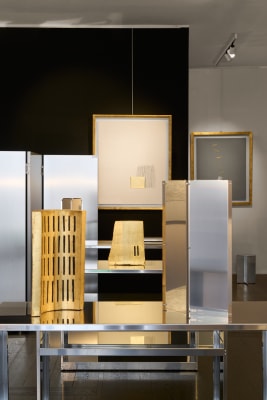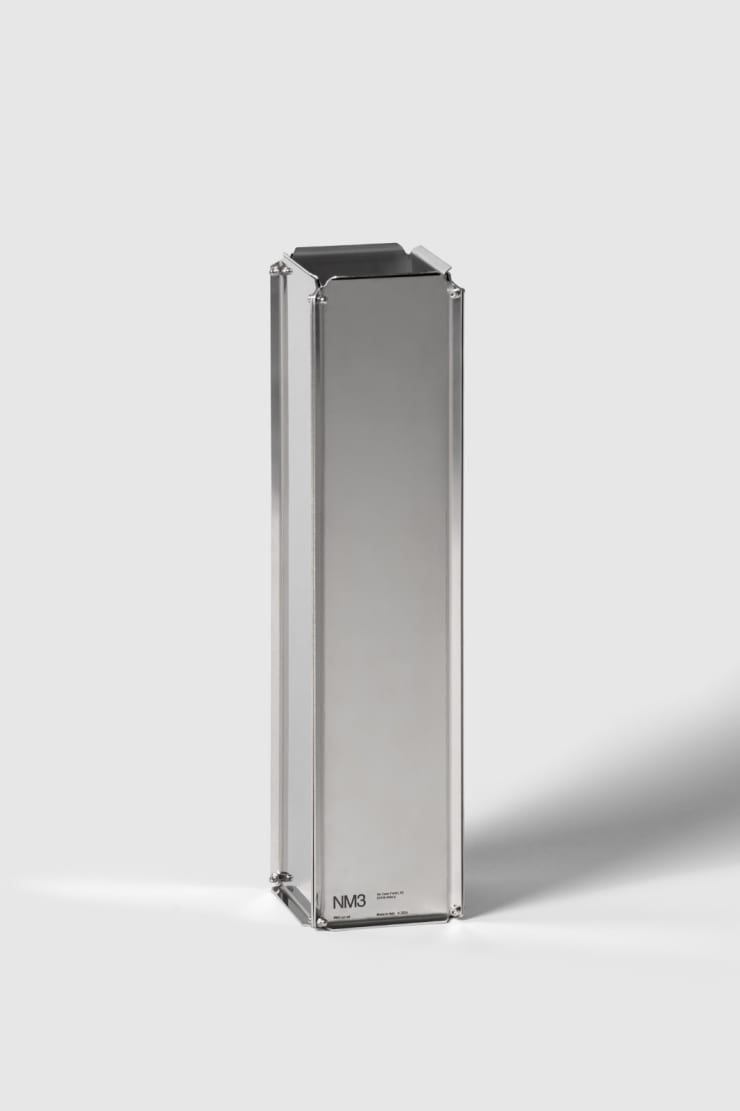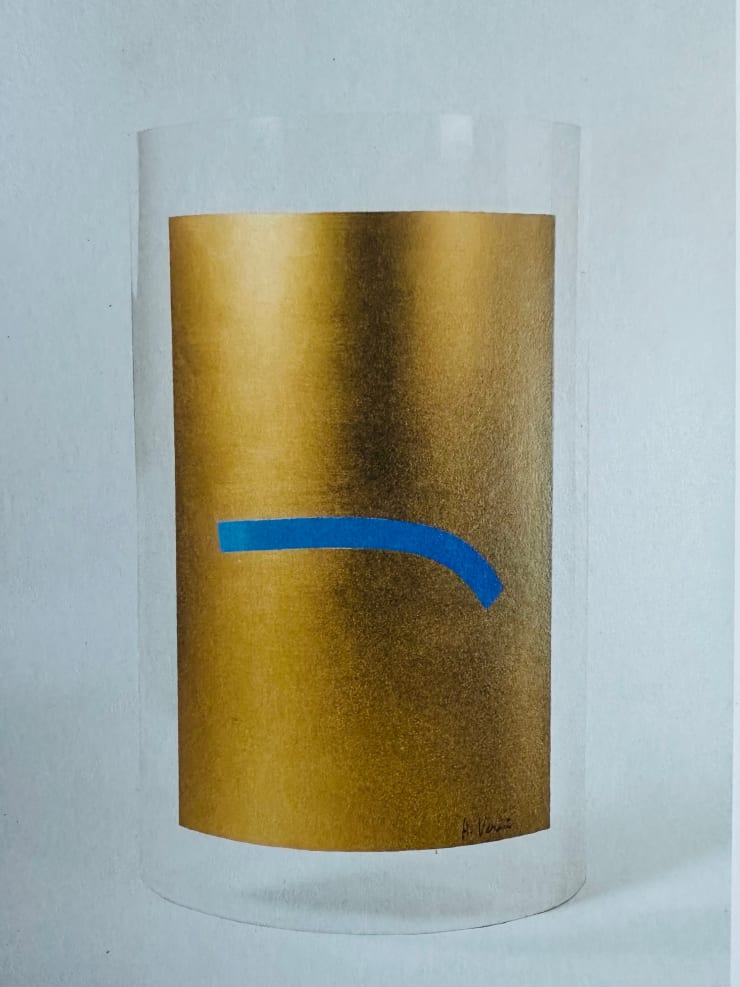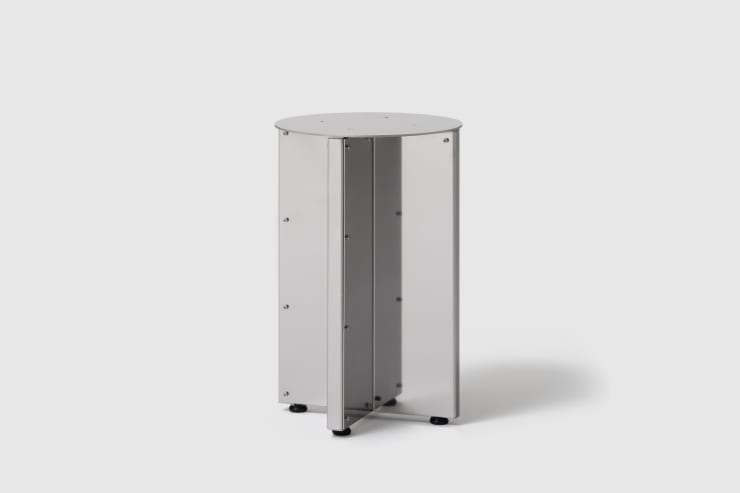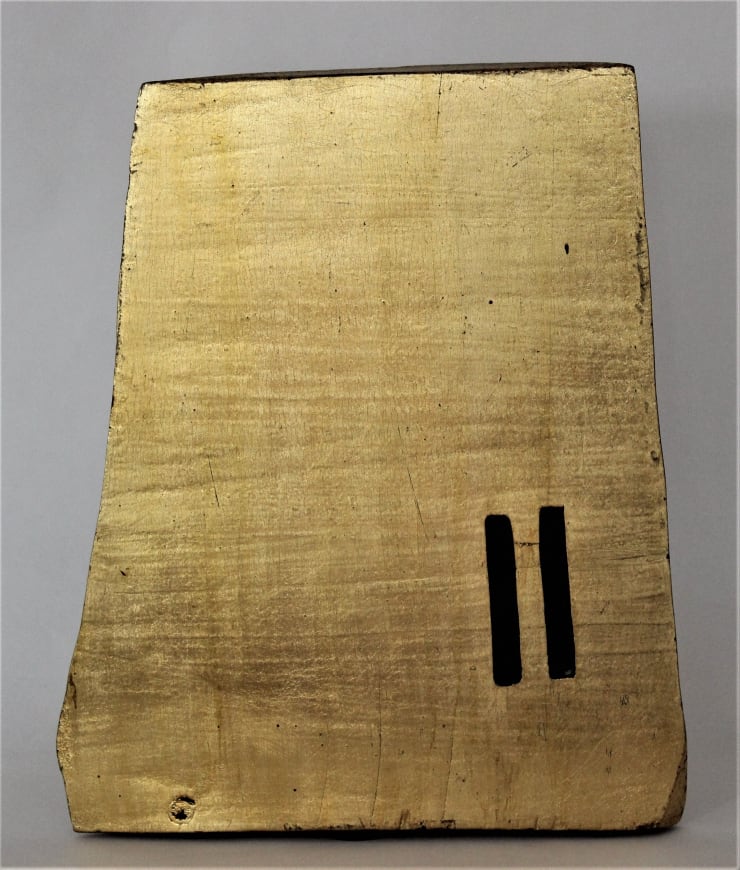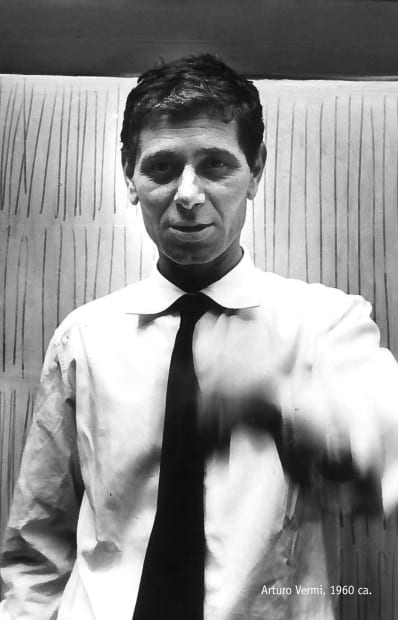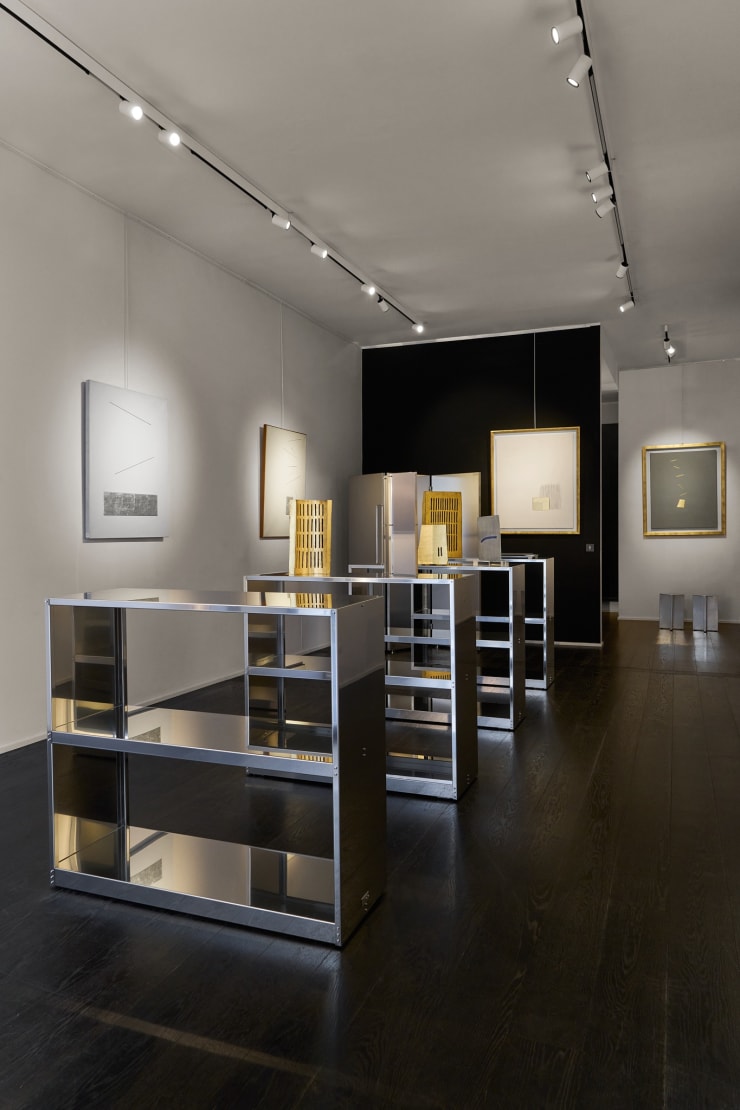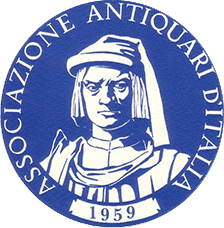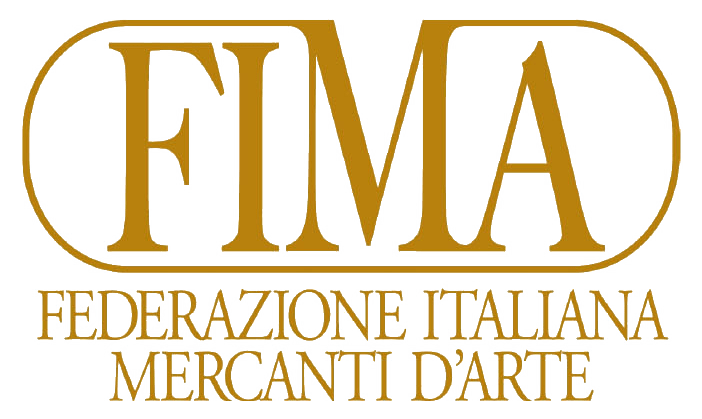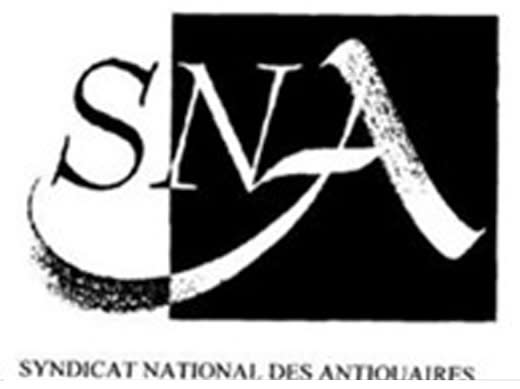
Brun Fine Art Gallery, with the support of the Arturo Vermi Archive, presents “DOUBLES Arturo Vermi + NM3” at its Via Gesù 17 location. Curated by Alberto Mazzacchera and Alida Priori, in collaboration with Unløck decoding art, the exhibition explores the dialogue between the works of Arturo Vermi (Bergamo, 1928 – Paderno d’Adda, 1988) and the minimalist design of NM3.
"SO I RETURNED TO MILAN, WHERE THE ENERGY OF ARTISTIC RESEARCH SEEMED MORE ALIVE AND DYNAMIC."
— ARTURO VERMI
This exhibition clearly highlights how Vermi deeply absorbed Lucio Fontana’s spatial theories, leading him to develop an autonomous and original interpretation. With his Diari series, Vermi challenges the traditional constraints of painting, breaking free from the limits of surface and physical space.
-
 Arturo VermiInvasione, 1975
Arturo VermiInvasione, 1975 -
 NM3NM27
NM3NM27 -
 Arturo VermiMinisequoia, 1970s
Arturo VermiMinisequoia, 1970s -
 Arturo Vermi, Paesaggio, 1977
Arturo Vermi, Paesaggio, 1977 -
 NM3NM32
NM3NM32 -
 Arturo VermiMarina , s.d.
Arturo VermiMarina , s.d. -
 Arturo VermiFigure in uno spazio tempo, 1974
Arturo VermiFigure in uno spazio tempo, 1974 -
 Arturo VermiDiario, 1962
Arturo VermiDiario, 1962 -
 Arturo VermiPrecipitazione, 1975
Arturo VermiPrecipitazione, 1975 -
 Arturo VermiIncontro, 1967
Arturo VermiIncontro, 1967 -
 Arturo VermiInserto (approdo), 1977
Arturo VermiInserto (approdo), 1977 -
 Arturo VermiST (inserto per un approdo) , 1970s
Arturo VermiST (inserto per un approdo) , 1970s -
 Arturo VermiInserto lungo (isola)
Arturo VermiInserto lungo (isola) -
 NM3NM22, Stool
NM3NM22, Stool -
 Arturo VermiI cento comandamenti, 1970
Arturo VermiI cento comandamenti, 1970 -
 NM3NM35
NM3NM35 -
 Arturo VermiFrammento, 1973
Arturo VermiFrammento, 1973 -
 Arturo VermiFrammento, 1973
Arturo VermiFrammento, 1973 -
 Arturo VermiMarina, 1966
Arturo VermiMarina, 1966 -
 NM3NMV
NM3NMV -
 Arturo VermiFigure nello spazio tempo, 1974
Arturo VermiFigure nello spazio tempo, 1974
